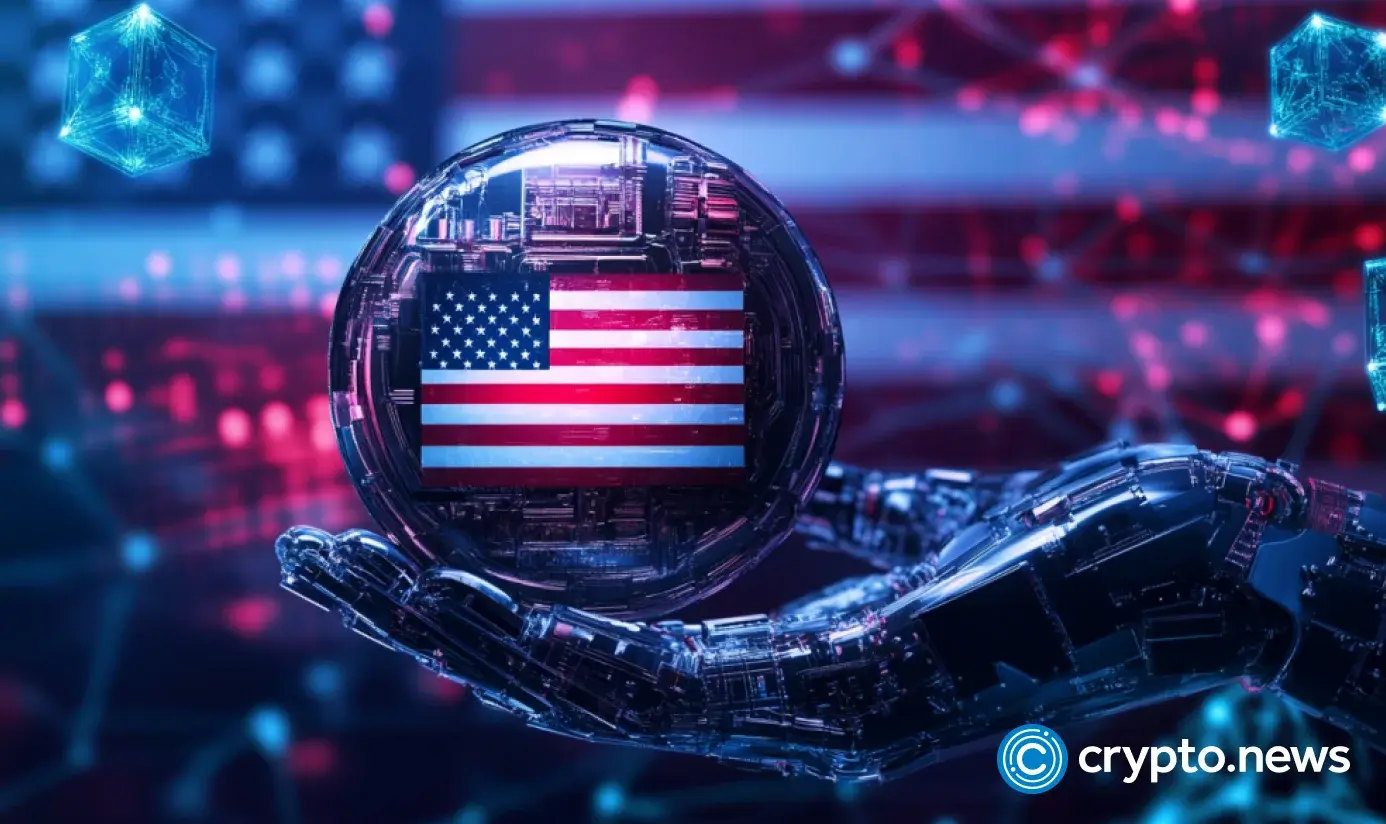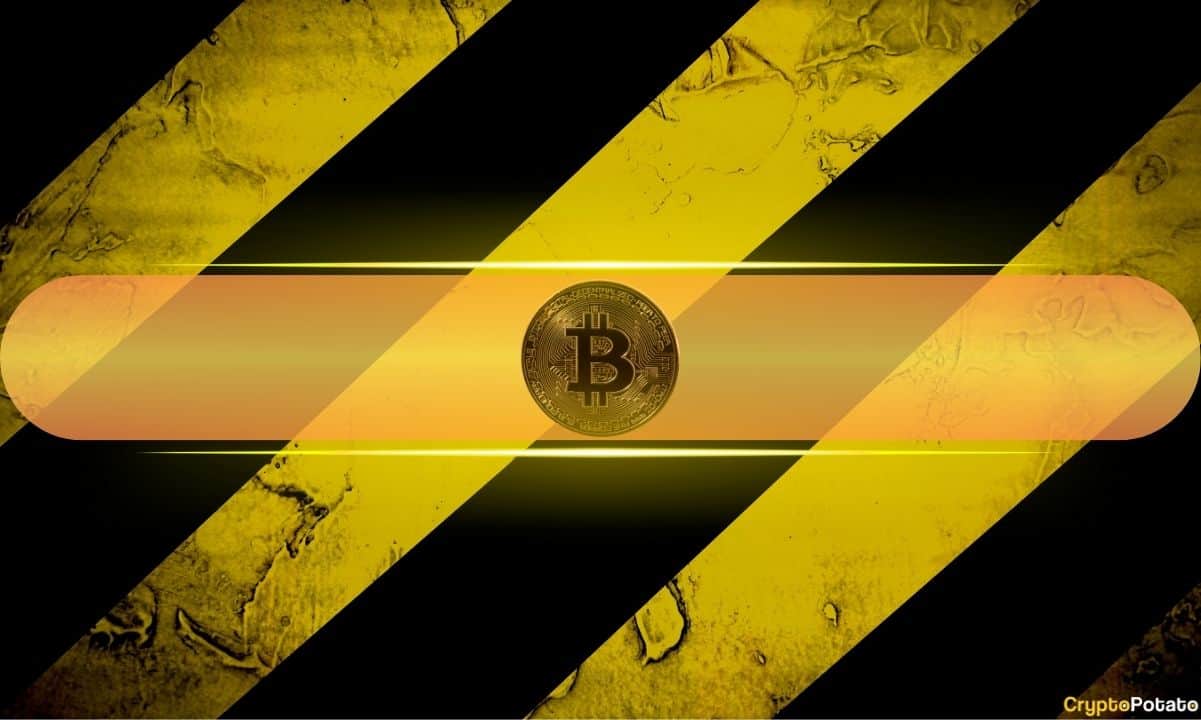Some prominent block reward miners are making major strategic transitions as they try to figure out how to turn an elusive profit from this sector.
- BTC hash rate falls, network difficulty decline expected
- Miner fundraising never stops
- Bit Digital ditching BTC for ETH
- Canaan ditching AI for BTC
- Tether says it will be king of the mining world
- Norway mulls mining ban
The BTC network’s hash rate has seen a double-digit decline since mid-June, hitting lows not seen since March (and still falling). Theories behind this decline range from Israel’s attacks on Iran—a country long rumored to have major mining operations—to the oppressive heatwave gripping the United States.
The latter theory involves cost-conscious miners shutting down as electricity prices surge higher and/or local power grids paying miners to switch off their rigs so everyone else can switch on their air conditioning.
As always, the answer may lie in a combination of factors, but BTC’s recent price resurgence—after slipping below $100,000 for the first time in over a month—is definitely a welcome development. The current cost to mine a single BTC (the full cost, including depreciation of mining rigs) was over $102,000 as of June 23.
Also, riding to BTC’s rescue is an expected significant drop in the network difficulty level, which is adjusted every two weeks based on hash rate fluctuations. The next adjustment is scheduled for June 29, and current estimates expect a downward shift of up to 9%. That would be the biggest decline since China cracked down on domestic mining operators in 2021.
However, competition remains fierce in finding the next block and collecting those rewards. On Tuesday, CleanSpark (NASDAQ: CLSK) announced that it had achieved its mid-year hash rate target of 50 EH/s. CleanSpark is just the second publicly traded miner to eclipse that barrier after MARA (NASDAQ: MARA) crossed that threshold last December.
However, international rivals like Australia’s IREN (NASDAQ: IREN) and China’s Cango Inc (NYSE: CANG) are expected to hit their own 50 EH/s targets in the coming months. So CleanSpark CEO Zach Bradford says the new target is 60 EH/s “and beyond.” CleanSpark operates over 30 sites across four U.S. states, branding itself as ‘America’s Bitcoin Miner.’
Never enough money
The cutthroat competition and precarious mining finances have left operators constantly seeking new capital (even if some are using that capital to buy additional tokens for their BTC treasuries). This week, Hut 8 (NASDAQ: HUT) announced that it had doubled its credit facility with the Coinbase (NASDAQ: COIN) digital asset exchange to $130 million.
Hut 8 said the amended and expanded agreement would extend the debt’s maturity date to July 2026 while imposing a fixed interest rate of 9%, down from the variable rate that ranged as high as 11.5% over the past 18 months. Hut 8 didn’t say how it planned to use its new credit beyond “near-term opportunities advancing through its growth.”
In March, Hut 8 announced it had partnered with President Trump’s sons to launch American Bitcoin Corp (ABTC), a new mining/BTC treasury operation comprising “substantially all” of Hut 8’s mining gear. In May, ABTC announced plans to go public on the Nasdaq sometime in Q3 via a merger with Gryphon Digital Mining. The following month, ABTC revealed that it had acquired 215 BTC for its treasury. But there’s been no word on ABTC’s mining performance since that March announcement.
Other miners raising cash include IREN, which closed its upsized $550 million convertible notes offering earlier this month, netting the company just under $535 million. Around $146 million of that haul will go towards servicing future debt obligations, with the rest targeted for general corporate purposes and working capital.
Other miners are taking different avenues to raise cash. Riot Platforms (NASDAQ: RIOT) announced earlier this month that it had sold nearly 1.75 million shares in rival Bitfarms (NASDAQ: BITF), earning Riot just under $1.6 million.
Last year, Riot began acquiring major chunks of Bitfarms as part of a hostile takeover bid that sought to oust Bitfarms’ directors. Riot acquired nearly 19% of Bitfarms before the companies reached a settlement last September, and Riot began selling off bits of Bitfarm. This latest sale brought Riot’s stake down to 14.3%.
Bit Digital ditching BTC for ETH
Bit Digital (NASDAQ: BTBT) announced earlier this week that it was shoring up its finances with a new C$60 million (US$44 million) credit agreement with the Royal Bank of Canada. The company said it would use the funds to expand its AI/high-performance computing (HPC) operations, which have taken precedence over its mining business. Bit Digital’s mining revenue totaled $7.8 million in Q1, 31% of its total revenue, down from 72% in the same period last year.
However, Bit Digital followed that news on Wednesday by announcing a major ‘strategic shift,’ saying it was looking to get out of the BTC mining business entirely. The company said it has “commenced a strategic alternatives process for its bitcoin mining operations that is expected to result in their sale or wind-down.”
Instead of BTC, Bit Digital will now focus on the Ethereum network’s native token, ETH, with the goal of becoming “a pure play [ETH] staking and treasury company.” Bit Digital will also “over time” convert its current 417.6 BTC treasury to ETH, boosting the 24,434 ETH it already holds. Any net proceeds from the wind-down of its BTC mining operations will be similarly converted to ETH.
To help grease these wheels, Bit Digital is commencing an underwritten public offering of its ordinary shares. Bit Digital didn’t offer any specifics on the size or timing of this offering, nor even if the offering would actually take place. But the proceeds will be used to (wait for it) buy more ETH.
In what was clearly a busy day at the Bit Digital offices, the company also announced plans to conduct an initial public offering of its wholly-owned HPC subsidiary WhiteFiber Inc. Here, too, specifics are short, as the company filed its IPO application with the U.S. Securities and Exchange Commission (SEC) on a confidential basis, allowing it to keep facts and figures under wraps for the time being.
Canaan ditching AI for BTC
On June 23, miner Genesis Digital Assets (GDA) announced a deal with mining rig manufacturer Auradine to buy 1,000 of the latter’s Teraflux AT2880-277 air-cooled units. The rigs will be installed at GDA’s data center in Glasscock County, Texas, one of 20 locations GDA operates worldwide and part of GDA’s U.S. expansion strategy.
Auradine has become a more attractive option for U.S.-based miners due to the ongoing impact of President Trump’s tariff war. The three largest rig-makers—Bitmain, Canaan Inc (NASDAQ: CAN), and MicroBT—are all foreign-based, and while they’re making efforts to establish U.S. roots, ramping up manufacturing capacity is a slow and pricey process.
Speaking of Canaan, the company just announced a ‘strategic realignment’ that will see it “discontinue its non-core AI semiconductor business unit,” a process the company expects will take a few months to conclude. Going forward, Canaan will focus on “sharpening its focus on its core businesses of bitcoin mining machine sales, self-mining operations, and consumer mining products.”
Canaan’s AI operations were a minor contributor to its bottom line, accounting for just $900,000 of its total 2024 revenue of $223.2 million. However, AI accounted for 15% of 2024’s operating expenses, and Canaan believes mothballing the unit will result in significant savings.
The move distinguishes Canaan from some prominent U.S. miners who have embraced the more predictable revenue streams from AI/HPC operations. Canaan CEO Nangeng Zhang said, “doubling down on our core strengths in crypto infrastructure and bitcoin mining is the most strategic path forward.”
Tether seeks BTC mining crown
Tether, the issuer of the market-leading USDT stablecoin, has been talking up its own mining operations for years now without offering specifics as to the success or failure of these operations. However, since May 2024, Tether has steadily increased its stake in Bitdeer (NASDAQ: BTDR) and held a 22.8% stake in Bitdeer as of this April.
Earlier this month, Bitdeer announced that Tether had exercised its warrants from that 2024 financing deal, handing Tether another 5.2 million ordinary shares in exchange for $50 million. Tether held ~34 million Bitdeer shares in April, so the warrants represent a significant increase.
During his appearance at the recent Bitcoin 2025 Conference in Las Vegas, Tether CEO Paolo Ardoino claimed that Tether had “invested $2 billion in energy production and Bitcoin mining,” then said the total was actually greater than that. Either way, Ardoino boldly predicted that “it is very realistic that, by the end of this year, Tether will be the biggest Bitcoin miner in the world, even including all the public companies.”
Ardoino went on to suggest that Tether’s interest in mining was both altruistic and selfish in that Tether claims to hold over 100,000 BTC and thus has an interest in the integrity of the network.
Not long after that speech, Ardoino tweeted that Tether “will work towards open-sourcing its Bitcoin Mining OS (MOS).” This will allegedly allow new mining companies to “enter the game” without the need for third-party hosted software, and create “an even playing field reducing the gap between publicly listed companies and smaller players.”
This week, Ardoino went on The Block’s Big Brain Podcast, where he repeated his claim of Tether having 100,000 BTC, saying the company needs to be “part of the Bitcoin mining security team … to protect our own investment.” Ardoino again stated his belief that Tether “will become the biggest Bitcoin miner out there.”
Tether has long been criticized for making claims regarding its finances that require the public to take them at their word (even if that word sometimes proved fraudulent). Tether has also been accused of Photoshopping its logo onto shipping containers that Ardoino claimed contained some of Tether’s mining rigs. Ardoino pushed back against these claims, arguing that while the logo was indeed added after the fact, it was only to preserve the “physical privacy of the site.”
Norway says no way?
Many countries around the world are dealing with strained electrical grids due to the heavy demands of local mining sites (both legal and illegal). Norway has sufficient energy to serve its citizens’ needs, but on June 20, Minister of Digitalization and Public Administration Karianne Tung announced that the government “has a clear intention to limit the mining of cryptocurrency in Norway as much as possible.”
The government is exploring its authority under the energy allocation provisions of the Planning and Building Act to preserve power for other energy-intensive activities, including “socially beneficial data centers.”
This is by no means the first time Norway and Tung have expressed concern about mining’s power consumption. Local residents have also expressed outrage over the excessive noise produced by mining sites.
Tung said mining is “very energy-intensive, and yields little in the local community in the form of jobs and income.” By limiting mining’s access to local power, Norway “can free up land, power and grid capacity for other uses that contribute more to value creation, jobs and cuts in greenhouse gas emissions.”
Those ‘other uses’ include AI data centers “that are a critical prerequisite for digitalization.” Tung also appeared to suggest the potential for a carveout for “the useful use of blockchain technology,” although no specifics were offered.
The government is still studying the matter but expects to come to a decision by ‘autumn.’ The proposed (temporary) ban appears to be aimed at prohibiting the launch of new mining operations and possibly grandfathering existing sites. These sites have been told to register their operations by July 1 to ensure the government has accurate data with which to make their conclusions.
Watch: Teranode is the digital backbone of Bitcoin

















 English (US) ·
English (US) ·